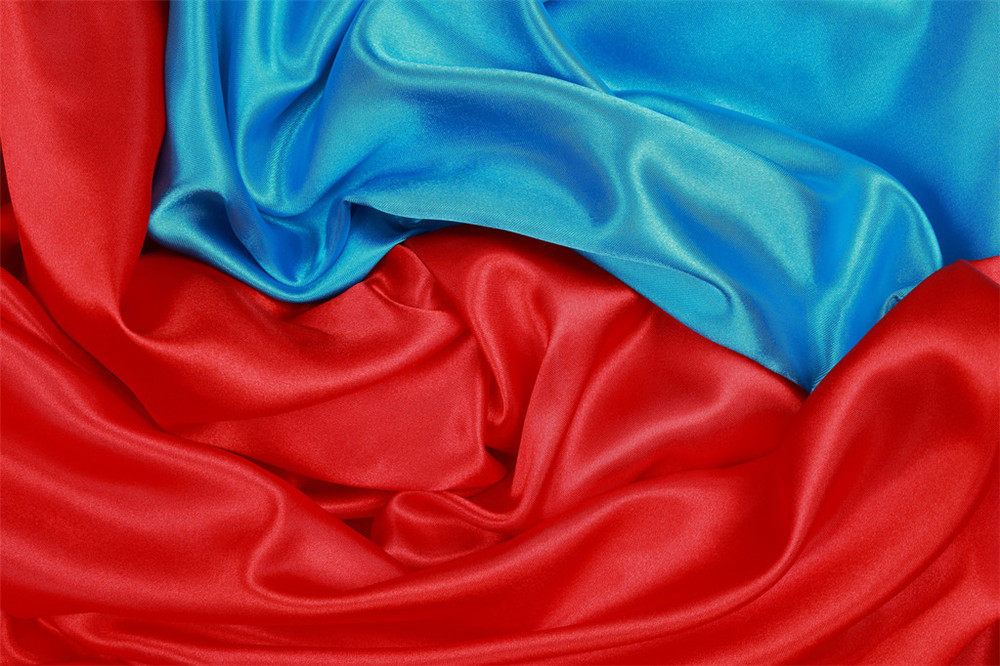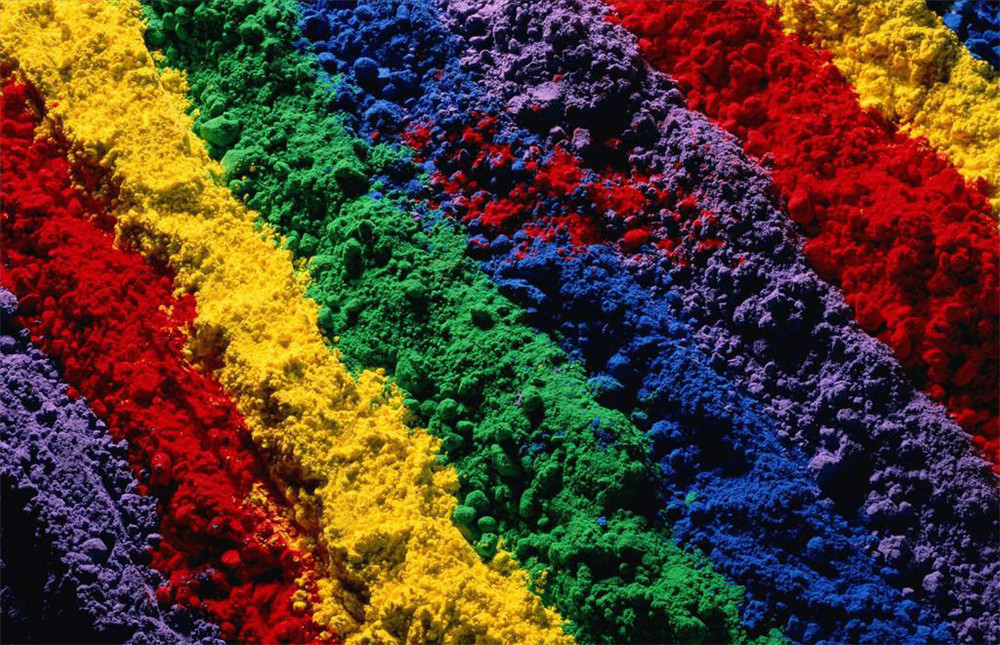-

Silicone Softener
Silicone softener is a compound of organic polysiloxane and polymer which is suitable for soft finishing of natural fibers such as cotton, hemp, silk, wool and human hair. It also deals with polyester, nylon and other synthetic fibers. Silicone softeners are macromolecul...Read more -

The Characteristics of Methyl Silicone Oil
What Is Methyl Silicone Oil? Generally, methyl silicone oil is colorless, tasteless, non-toxic and non-volatile liquid. It is insoluble in water, methanol or ethylene glycol. It can be intersoluble with benzene, dimethyl ether, carbon tetrachloride or kerosene. It is sli...Read more -

The Relationship between Textile Fibers and Auxiliaries
Textile auxiliaries are mainly applied in textile printing and dyeing industry. As an additive in textile printing and dyeing process, it plays an increasingly important role in improving the quality of textile printing and dyeing and increasing the additional value of t...Read more -

Is it troublesome to degrease for chemical fiber fabrics? Is it inefficient or environmentally-friendly?
The moisture regain and permittivity of chemical fibers (as polyester, vinylon, acrylic fiber and nylon, etc.) are lower. But friction coefficient is higher. The constant friction during spinning and weaving creates a lot of static electricity. It is necessary to prevent...Read more -

Brief Introduction of Dyeing and Finishing Engineering
At present, the general trend of textile development is fine processing, further processing, high-grade, diversification, modernization, decoration and functionalization, etc. And the means of increasing additional value is taken to improve economic benefit. Dyeing and f...Read more -

Brief Introduction of Varieties And Properties of Dyes Commonly Used in Printing and Dyeing Industry
Common dyes are divided into the following categories: reactive dyes, disperse dyes, direct dyes, vat dyes, sulfur dyes, acid dyes, cationic dyes and insoluble azo dyes. Reactive ...Read more -

The Trend of Development of Dyeing and Finishing Auxiliaries
In recent years, due to the continuous development of fiber industry and the increasingly strict requirements of ecological textile standards, textile dyeing and finishing auxiliaries have developed greatly. At present, the development of dyeing and finishing auxiliaries...Read more








